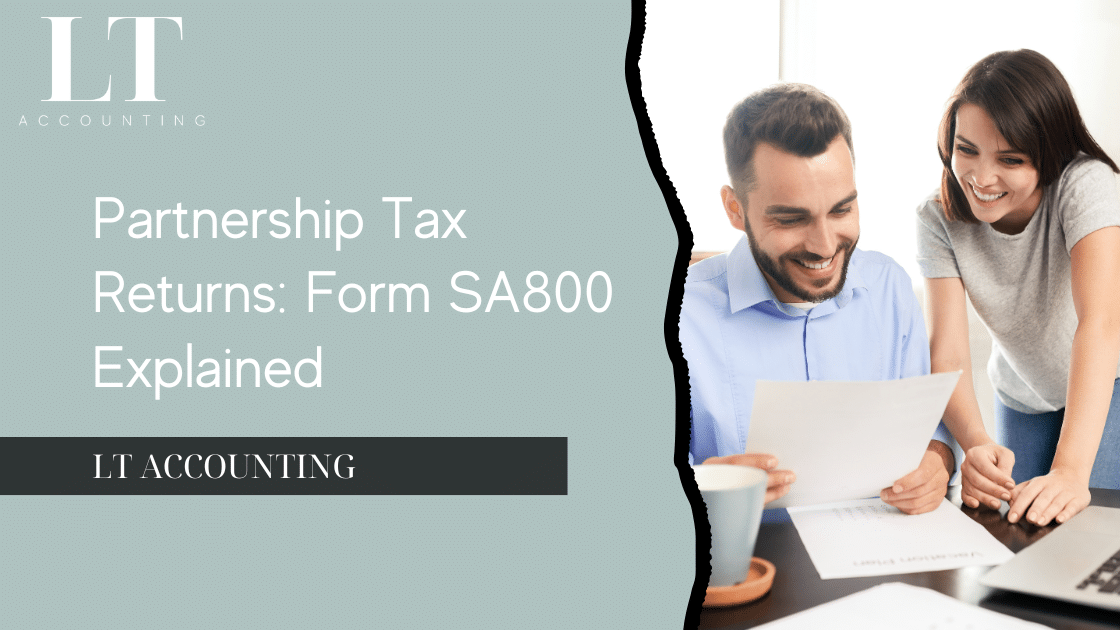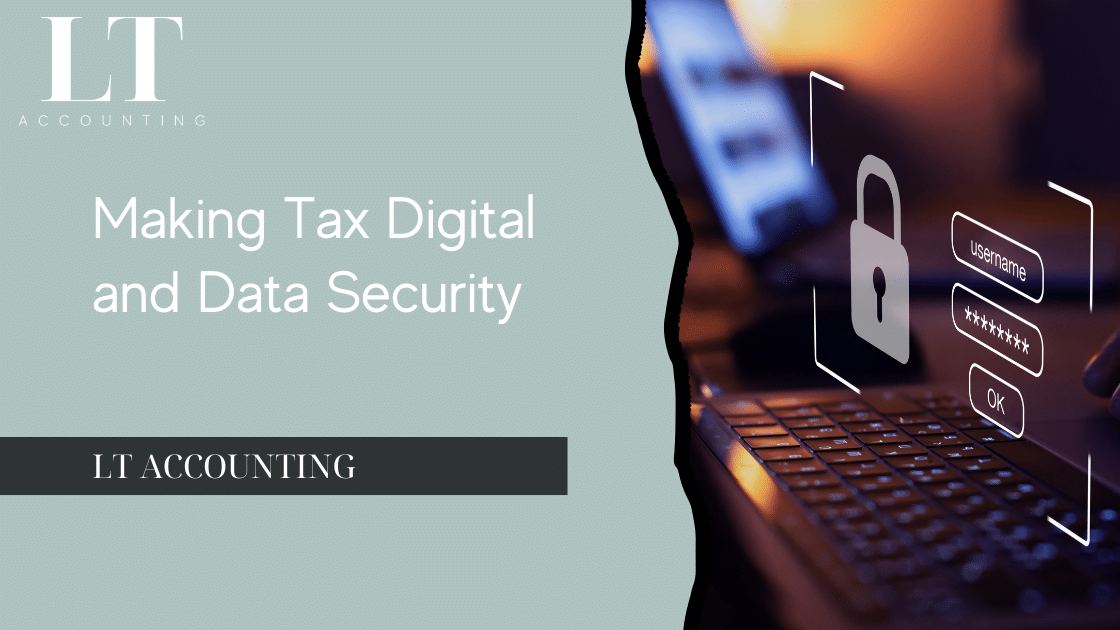Navigating the world of taxes can feel like traversing a labyrinth, especially when it comes to partnerships. Unlike sole traders or limited companies, partnerships have their own unique set of tax rules and responsibilities. Enter Form SA800, the key document that partnerships must submit to HM Revenue and Customs (HMRC) in the UK to report the partnership’s income and expenses. But what exactly is a partnership tax return, and how do you tackle Form SA800? Let’s dive into the details and demystify the process.
What is a Partnership Tax Return? Form SA800 Explained
A partnership tax return is a specialized tax document that partnerships use to declare income, expenses, and other pertinent financial information to HMRC. Unlike individual tax returns, this form doesn’t calculate tax owed by the partnership itself. Instead, it details how profits (or losses) are distributed among partners, who then report their shares on their personal tax returns.
Understanding Form SA800
Form SA800 is the official document for partnership tax returns in the UK. It serves as a comprehensive record of a partnership’s financial activities over a given tax year. The form requires detailed information about the partnership’s income streams, operating expenses, and profit distribution among partners. Completing this form accurately is crucial as it directly impacts each partner’s personal tax obligations.
Key Sections of Form SA800
-
Partnership Details: This section includes basic information about the partnership, such as its name, address, and HMRC reference number.
-
Income: Here, you’ll report the partnership’s total income from various sources, including trading income, rental income, and any other business activities.
-
Expenses: List all deductible expenses incurred during the tax year. This could include costs related to salaries, office supplies, travel, and more.
-
Profit and Loss Allocations: This crucial section outlines how profits or losses are divided among partners based on the partnership agreement.
-
Tax Adjustments: Any adjustments for tax purposes, such as disallowed expenses or capital allowances, are recorded here.
Filling Out Form SA800
To fill out Form SA800 correctly, you’ll need to gather several pieces of information:
- Financial records of the partnership’s income and expenses for the tax year
- Details of any capital allowances or adjustments
- The partnership agreement to confirm profit-sharing ratios
Once you’ve compiled this information, it’s time to tackle the form. Here are some tips to guide you:
-
Start Early: Don’t wait until the deadline is looming. Begin preparations well in advance to avoid last-minute stress.
-
Double-Check Details: Ensure that all information is accurate and in accordance with the partnership agreement.
-
Use Accounting Software: Consider leveraging accounting software to streamline the process and minimize errors.
-
Consult a Professional: If you’re unsure about any aspect of the form, seeking advice from a qualified accountant can save you time and hassle.
Common Mistakes to Avoid
- Misreporting Income: Ensure all income streams are declared, and double-check figures for accuracy.
- Failing to Allocate Profits Correctly: Stick to the agreed-upon ratios in the partnership agreement.
- Ignoring Deadlines: Late submissions can result in penalties, so mark your calendar and submit the form on time.
FAQs About Partnership Tax Returns
Q: Do all partnerships need to file a tax return?
A: Yes, all partnerships are required to submit Form SA800 to HMRC, regardless of size or income level.
Q: What happens if there’s a mistake on the form?
A: If you discover an error after submission, you can amend Form SA800 within 12 months of the filing deadline.
Q: How are tax obligations determined for partners?
A: Each partner is individually liable for their share of the profits, which they report on their personal tax return.
Q: Can losses be carried forward or back?
A: Yes, partnership losses can typically be carried forward or back to offset profits in other tax years, subject to certain conditions.
Conclusion
Filing a partnership tax return and completing Form SA800 might seem daunting, but with the right approach, it can be a straightforward process. By understanding the form’s requirements, preparing in advance, and avoiding common pitfalls, partnerships can ensure compliance and avoid unnecessary stress. Whether you’re a seasoned partner or new to the partnership game, this guide should leave you better equipped to handle your tax obligations with confidence.





